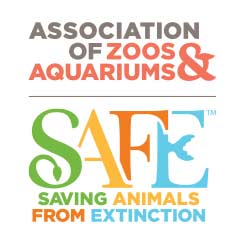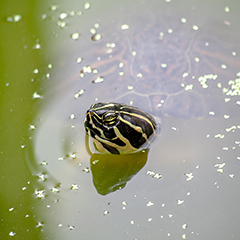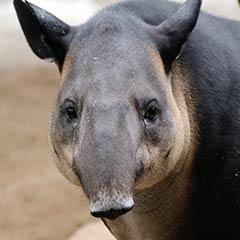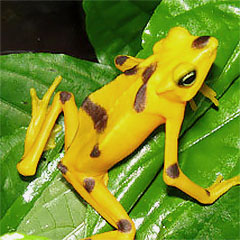
Eric Kilby
Quarters for Conservation
We not only support the conservation and sustainability of wildlife within our Zoo — we're passionate about putting our resources towards goals that matter. To that end, 25 cents from every admission ticket and $2.50 from every membership is used to support wildlife conservation across the globe. Here's a look at the current projects that your visit helps support.
 |
Association of Zoos and Aquariums- SAFE (Saving Animals From Extinction): GiraffeSAFE is a commitment by the Association of Zoos and Aquarium’s accredited members, like Zoo New England, to harness their collective resources, focus on specific endangered species, and save them from extinction by restoring healthy populations in the wild. Through this collaboration, we're working together on the conservation of wild giraffe populations, whose numbers have plummeted dramatically in recent years, to ensure their continued survival. |
 |
Zoo New England's Field Conservation Department- Spotted Turtles ProjectZoo New England’s Field Conservation Department is working to conserve the only remaining population of the locally rare spotted turtle in Boston. The vernal pools and marshes of the Stony Brook Reservation are home to around 20 turtles. ZNE biologists are currently radiotracking turtles to understand their habitat needs. By tracking the females, we can find and protect their nests and boost the population by raising hatchlings in captivity until they can be released back to the wild as larger juveniles that are able to fend for themselves. |
 |
Nicaragua Tapir ProjectThree of the world's four tapir species are endangered due to habitat loss, fragmentation and hunting. Global Wildlife Conservation’s Nicaragua Tapir Project combines research through radio collaring Baird’s tapirs and reintroductions, with local and national tapir conservation and education initiatives, to ensure a viable future for this endangered species in Nicaragua. |
 |
Panama Amphibian Rescue and Conservation Project (PARC)For many years, Zoo New England has had a leadership role in the PARC Project. We're committed to saving amphibians like the critically endangered Panamanian golden frog from the deadly chytrid fungus that is decimating wild populations. The breeding of healthy captive populations in our facilities in Panama will help prevent extinction, while experimental releases of frogs conducted by PARC helps to determine the challenges they face upon re-introduction to the wild. |

